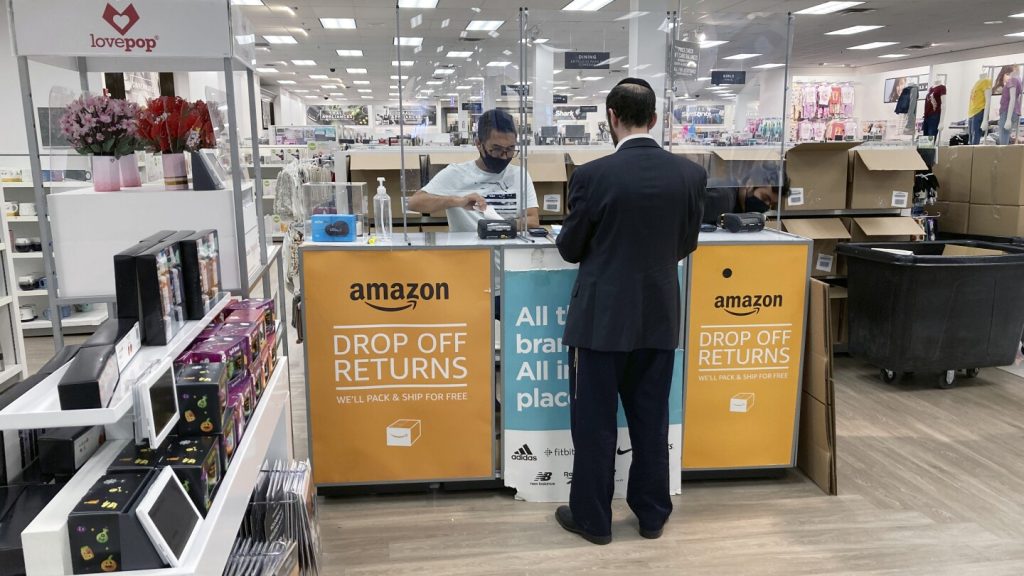Some of the biggest U.S. retailers are quietly implementing a policy known as returnless refunds, where customers are allowed to keep unwanted items and receive full refunds without having to return the products. This practice is aimed at reducing shipping fees, processing time, and other costs associated with handling returns. Companies like Amazon, Walmart, and Target have adopted this policy for low-cost items or products with limited resale value. Although returnless refunds are not widely publicized, some customers have reported being able to keep more expensive items under this policy.
One customer, Dalya Harel, experienced a returnless refund after ordering a desk from Amazon that was missing key pieces and impossible to put together. She was unable to request a replacement and was surprised to receive a refund without having to return the desk. While the process of issuing returnless refunds remains somewhat mysterious, companies are expanding the practice to reduce return fraud and improve customer satisfaction. Amazon and other retailers are using algorithms to determine eligibility for returnless refunds based on factors like prior purchase history, shipping costs, and product demand.
Retailers are increasingly looking at returnless refunds as a way to streamline the return process and incentivize customer loyalty. Some companies are offering this option to third-party sellers, allowing them to choose whether to provide traditional refunds or allow customers to keep items. Retail giants like Walmart and Target have also introduced returnless refund options for their online marketplaces. By carefully assessing the lifetime value of a customer, retailers are extending returnless refunds as a discreet loyalty benefit. Amazon has received positive feedback from sellers about its returnless refund program and continues to monitor for signs of fraud.
The rise of online shopping and the increasing costs of processing returns have prompted retailers to reconsider their return policies. The COVID-19 pandemic accelerated the shift to online shopping, leading to a surge in returns and higher processing costs. Retail companies are facing challenges in handling the growing volume of returns, rising inflation, and labor costs. To combat fraudulent returns, some retailers have implemented return fees or shortened return windows. While some retailers view frequent returners as a liability, others see them as profitable customers who purchase more items than they return.
Despite the challenges posed by returns, retailers are exploring innovative solutions like returnless refunds to address the complexities of online shopping. By allowing customers to keep unwanted items and receive full refunds, retailers can streamline the return process and improve customer satisfaction. As the retail landscape continues to evolve, companies like Amazon, Walmart, and Target are leveraging technology and algorithms to determine eligibility for returnless refunds and enhance the overall shopping experience for their customers.


